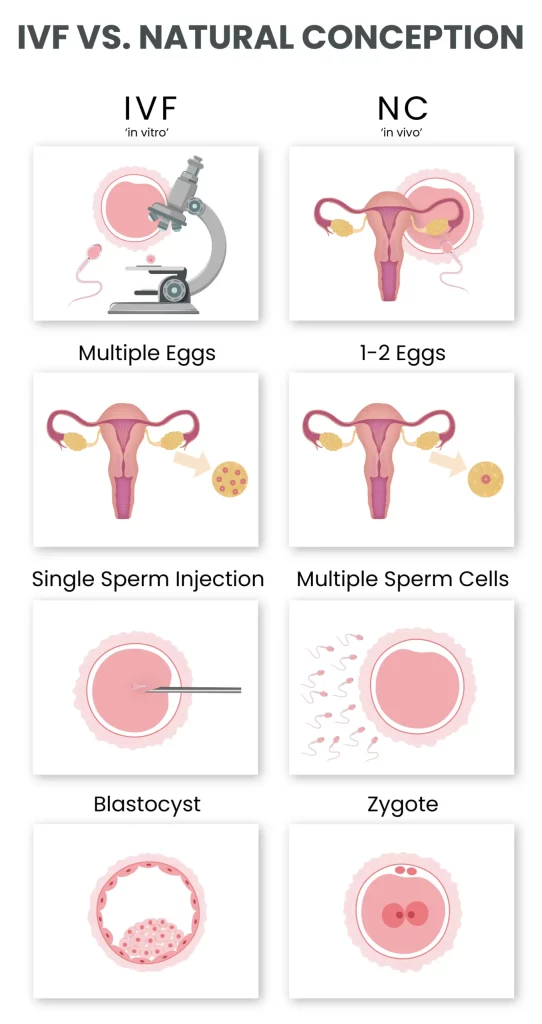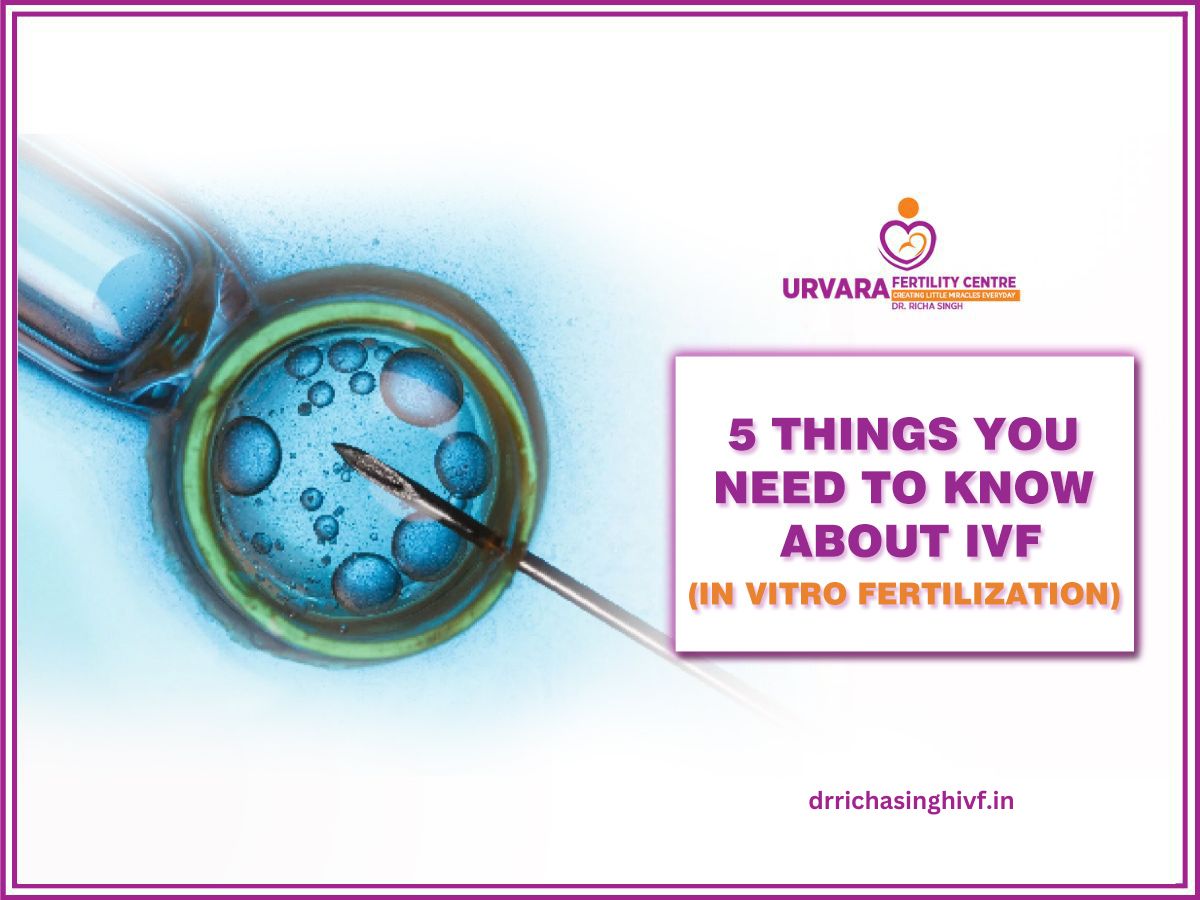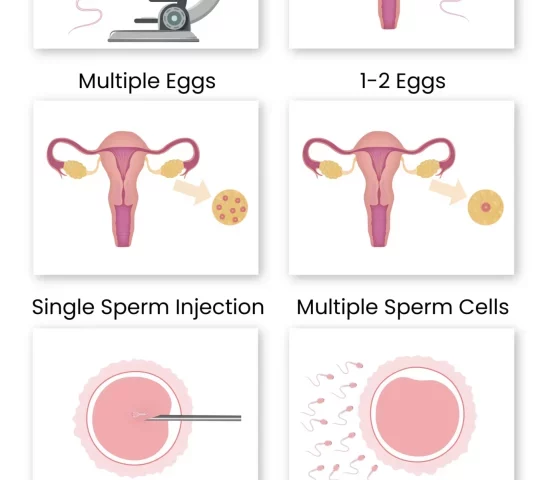IVF Definition: Everything You Need to Know About In Vitro Fertilization
Welcome to the world of in vitro fertilization (IVF)—a term you might’ve heard tossed around in movies, TV shows, or even hushed conversations at family gatherings. But what does IVF really mean? If you’re curious about how it works, who it’s for, or what it feels like to go through it, you’re in the right place. This isn’t just a dry science lesson—it’s a deep dive into the nitty-gritty details, the emotional rollercoaster, and even some quirky facts that’ll surprise you. Think of this as your ultimate guide to understanding IVF, written like a friend spilling the tea over coffee.
By the end, you’ll know more than just the IVF definition. You’ll get the scoop on how it’s done, why people choose it, and what the latest research says about making it work better. Plus, I’ll throw in some practical tips and secrets that don’t always make it into the headlines. Ready? Let’s jump in!

What Is IVF? A Simple Breakdown
IVF stands for in vitro fertilization. The phrase “in vitro” is Latin for “in glass,” which gives you a hint—it’s about creating life outside the body, in a lab. Simply put, IVF is a process where doctors take an egg and sperm, combine them in a petri dish, and then place the resulting embryo into a uterus to grow into a baby. Sounds like magic, right? But it’s science—and a lot of hope—rolled into one.
Here’s the basic idea:
- Step 1: A woman takes special medicines to help her ovaries produce more eggs than usual.
- Step 2: Those eggs are collected (don’t worry, you’re asleep for this part!).
- Step 3: Sperm—either from a partner or a donor—meets the egg in a lab dish.
- Step 4: If all goes well, an embryo forms and is transferred into the uterus.
- Step 5: Fingers crossed, it implants and grows into a pregnancy!
That’s the textbook version. But IVF is so much more than steps on a checklist—it’s a journey packed with emotions, decisions, and even a few surprises. Did you know, for example, that the first IVF baby, Louise Brown, was born in 1978 and nicknamed a “test-tube baby”? Today, over 8 million babies have started life this way. Pretty wild, huh?
Why Do People Choose IVF? The Real Reasons
IVF isn’t something people just wake up and decide to try. It’s usually a last resort after other options—like fertility drugs or surgeries—don’t work. But who’s turning to IVF, and why? Let’s peel back the layers.
Common Reasons for IVF
- Infertility Struggles: Maybe the fallopian tubes are blocked, or sperm counts are low. Sometimes, doctors can’t even figure out why pregnancy isn’t happening (that’s called “unexplained infertility”).
- Age Factor: As women get older, their egg quality drops. IVF can help by using younger, healthier eggs—sometimes from a donor.
- Same-Sex Couples & Single Parents: For LGBTQ+ folks or singles wanting kids, IVF opens doors with donor eggs, sperm, or surrogates.
- Genetic Concerns: If a couple risks passing down a serious health condition, IVF lets them screen embryos first.
The Hidden Motivations
Here’s where it gets interesting. Beyond the medical stuff, there’s a personal side fans are dying to know about. Some couples say IVF feels like their “Hail Mary pass” after years of heartbreak. Others admit they’re secretly terrified of needles but push through anyway. One woman I read about kept a “lucky sock” from her first egg retrieval—she swears it’s why her twins were born! Little quirks like these show how human this process is.

How Does IVF Actually Work? A Step-by-Step Look
Let’s break down the IVF process so you can picture it—like a behind-the-scenes tour of a blockbuster movie. Each step has its own drama, from hormone shots to high-stakes lab moments.
Step 1: Boosting Egg Production
- What Happens: You get shots (yep, needles!) with hormones like FSH (follicle-stimulating hormone) to make your ovaries churn out multiple eggs. Normally, you’d release one egg a month—IVF cranks that up to 10 or more.
- How It Feels: Some women say it’s like PMS on steroids—bloating, mood swings, the works. One tip? Wear stretchy pants!
- Science Says: A 2023 study found that tweaking these hormone doses based on your body’s response can up success rates by 15%.
Step 2: Egg Retrieval
- What Happens: Under sedation, a doctor uses a thin needle guided by ultrasound to grab those eggs from your ovaries. It takes about 20 minutes.
- Fun Fact: The eggs are microscopic—you could fit hundreds on a pinhead!
- Pro Tip: Rest up after. Most clinics suggest a chill day with Netflix and snacks.
Step 3: Fertilization Time
- What Happens: In the lab, sperm and eggs meet. Sometimes it’s natural (they swim together), or techs inject sperm right into the egg (called ICSI—intracytoplasmic sperm injection).
- Cool Twist: Ever heard of “embryo glue”? It’s a special mix some clinics use to help embryos stick in the uterus. Not standard, but it’s gaining buzz!
Step 4: Embryo Transfer
- What Happens: A tiny catheter slips the embryo into your uterus. No anesthesia—just a quick, weird pressure.
- Real Talk: Some women bring playlists or hold their partner’s hand to stay calm.
Step 5: The Waiting Game
- What Happens: About 10-14 days later, a blood test checks if you’re pregnant.
- Emotional Hack: Distraction is key—binge a show, knit, anything to dodge the stress!
Here’s a quick checklist for anyone prepping:
✔️ Ask your doctor about “trigger shots” to time egg release.
✔️ Stock up on cozy socks—clinics can be chilly!
❌ Don’t overdo caffeine; it might mess with your hormones.
What’s the Success Rate? Numbers You’ll Want to Know
IVF isn’t a guaranteed win, and that’s a big question on everyone’s mind: Will it work? Success depends on age, health, and even luck. Let’s look at the stats.
By the Numbers
- Under 35: About 40-50% chance per cycle, according to the CDC.
- 35-37: Drops to 30-35%.
- Over 40: Closer to 10-15%, though donor eggs can boost it back up.
What Boosts Your Odds?
- Fresh vs. Frozen: Frozen embryos are winning lately—a 2024 study showed they’re 5% more likely to implant.
- Lifestyle Tweaks: Cutting smoking or losing extra weight can nudge rates up by 10%, per recent research.
- Embryo Quality: Labs grade embryos (like A, B, C). Higher grades mean better shots.
Dr. Jane Miller, a fertility expert, once said, “IVF is like planting a garden—good soil and care matter, but sometimes you just need the sun to shine.” That’s a poetic way to say it’s not all in your control!
The Emotional Side: What They Don’t Tell You
IVF isn’t just about shots and lab dishes—it’s a wild ride for your heart and mind. Here’s what people whisper about but rarely shout.
The Highs
- Hope: Every step feels like a fresh chance. One mom told me she’d sing to her embryos in the lab (through a photo, of course!).
- Bonding: Couples say it can make them tighter—like teammates in a big game.
The Lows
- Stress: Waiting for results can feel like holding your breath for weeks.
- Guilt: If it fails, some wonder, “Was it my fault?” (Spoiler: Nope, it’s biology, not you.)
Coping Tips
✔️ Journal it out—scribble your fears or dreams.
✔️ Find a buddy who’s been there; they get it.
❌ Don’t bottle it up—talk to someone, even if it’s your dog!
IVF Costs: Breaking Down the Price Tag
IVF isn’t cheap, and that’s a huge worry for folks. Let’s unpack the numbers and some sneaky ways to save.
How Much Are We Talking?
- Average Cost: $12,000-$15,000 per cycle in the U.S., per the American Society for Reproductive Medicine (ASRM). Add $5,000 if you need meds or fancy extras like ICSI.
- Insurance?: Only 19 states mandate some coverage—check yours!
Hidden Costs
- Travel to clinics (some fly cross-country for top docs).
- Time off work for appointments.
- Emotional therapy if it gets heavy.
Money-Saving Hacks
✔️ Look for clinics with “shared risk” plans—if it fails, you get a refund.
✔️ Ask about mini-IVF—fewer drugs, lower cost (though success varies).
❌ Don’t skip researching grants; groups like Baby Quest give cash to families.
Weird IVF Facts Fans Will Love
IVF’s got some quirky corners that don’t always hit the spotlight. Here’s the fun stuff:
- Octomom Drama: Remember Nadya Suleman? Her 2009 octuplets came from IVF—doctors transferred way too many embryos back then. Rules are stricter now!
- Petri Dish Parties: Some clinics let you “meet” your embryo on a screen before transfer. Couples bring snacks—it’s a thing!
- Celebrity Secrets: Stars like Chrissy Teigen and Kim Kardashian have spilled about picking their baby’s gender with IVF. It’s rare, but possible!
Latest IVF Research: What’s New in 2025?
Science is always tinkering with IVF to make it better. Here’s what’s hot as of March 2025:
AI in the Lab
- What’s Up: Artificial intelligence is picking the best embryos by scanning tiny details humans miss. A 2024 trial showed a 20% jump in success rates.
- Why It Matters: Fewer failed cycles = less heartbreak.
Time-Lapse Imaging
- What’s Up: Cameras watch embryos grow 24/7, spotting winners early. Clinics using this say it cuts miscarriage risks by 8%.
- Pro Tip: Ask if your clinic’s got this tech—it’s not everywhere yet.
Stem Cell Hope
- What’s Up: Scientists are testing stem cells to “refresh” older eggs. It’s experimental, but a 2025 study got mice pregnant with it—humans might be next!
Dr. Robert Winston, a pioneer in fertility, noted, “The future of IVF lies in blending tech with nature’s unpredictability.” Cool, right?
IVF Myths Busted: What’s True, What’s Not
There’s tons of gossip about IVF floating around. Let’s clear the air:
Myth #1: IVF Babies Are “Fake”
- Truth: Nope! They’re 100% human, just started in a dish. Same DNA, same cuddly cuteness.
Myth #2: It Always Works
- Truth: Sadly, no. Even young, healthy folks might need 2-3 tries. Patience is key.
Myth #3: You’ll Have Twins Every Time
- Truth: Multiples happen (20-30% of cases), but single transfers are the norm now to keep moms and babies safer.
Practical IVF Tips: Your Game Plan
Ready to dive in? Here’s how to prep like a pro:
Before You Start
✔️ Get a second opinion—docs vary in style.
✔️ Test your vitamin D—low levels can tank success, says a 2023 study.
❌ Don’t skip the financial chat with your clinic; surprises hurt.
During the Process
✔️ Freeze extras—leftover embryos can save you a redo.
✔️ Sip pineapple juice—some swear the bromelain helps implantation (no hard proof, but it’s tasty!).
❌ Don’t Google every symptom; it’ll drive you nuts.
After Transfer
✔️ Rest, but don’t bed-lock—light walks are fine.
✔️ Eat protein—eggs and beans might help that embryo stick.
❌ Don’t test early; home kits can lie before the blood test.
IVF for Everyone: Beyond the Stereotypes
IVF isn’t just for straight couples or rich folks. It’s breaking molds:
- Single Moms: More women are going solo with donor sperm—up 25% since 2015, per ASRM.
- LGBTQ+ Families: From surrogacy to egg donation, IVF’s a game-changer here.
- Low-Income Hope: Clinics in some states offer sliding-scale fees—dig for options!
The Future of IVF: What’s Next?
Where’s IVF headed? Think sci-fi meets reality:
- Lab-Grown Eggs: Researchers are cooking up eggs from skin cells—wild, but years away.
- Cheaper Tech: Portable IVF kits (like at-home tests) are in early trials.
- Ethics Debates: As tech grows, so do questions about “designer babies.”
Dr. Emily Chen, a fertility innovator, predicts, “In 10 years, IVF could be as common as a flu shot—accessible and routine.” Big dreams!
Let’s Talk: Your IVF Questions
I’ve thrown a ton at you—facts, feelings, and some wild tidbits. Now it’s your turn! What’s on your mind about IVF? Drop a comment below:
- Ever wondered about IVF for pets? (Yep, it’s real!)
- Want to know more about costs in your area?
- Got a quirky IVF story to share?
Let’s keep this convo going—I’m here to chat, dig deeper, or just listen. What do you want to explore next?

